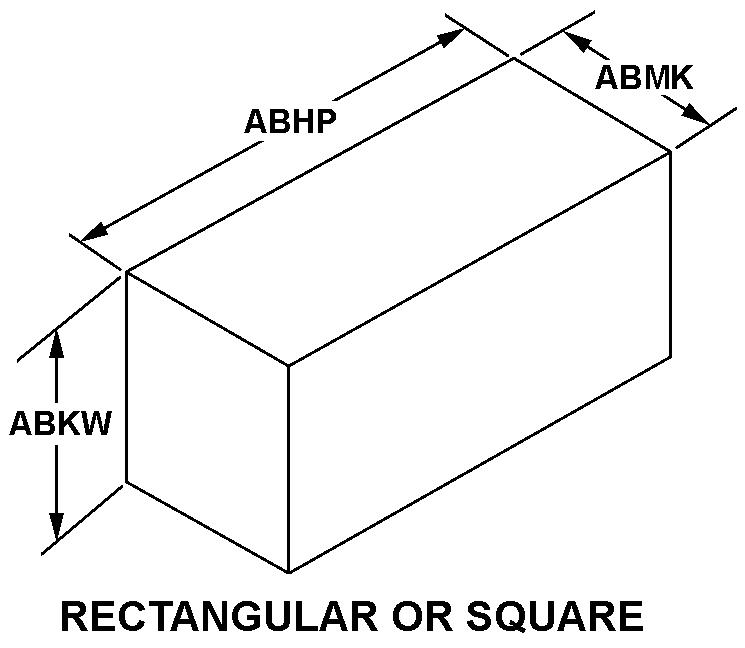5895014637929
Price Quote Get an up to date pricing and availability quote for this product. Order online or over the phone.
Quality Commitment
Serving our customers with quality and safety first.
- AS9120 Certified
- Audited supply chain
- ITAR Registered
- DDTC Registered
- HAZMAT Certified
- Customer service objectives
- Every product 100% inspected

5895-01-463-7929 Specification Set by the OEM (see RNCC code 3)
7.750in. ⁓7-3/4"
0.850in.
3.000in.
general purpose
-20.0/+55.0 deg celsius
-40.0/+70.0 deg celsius
not rated
WATKINS-Johnson 21.4 mhz wj receivers or other receivers with 21.4 mhz signal monitor (sm) output
rectangular or square
encased
portable and top of cabinet/counter
solid state
receptacle, coaxial front and pin front and pin rear
4 pin external and 2 receptacle, coaxial external
10.0 single voltage and 16.0 single voltage
manufacturer name signal monitor module; 10 mhz full span for use with 21.4 mhz if receivers; if pan display on notebook/computer; two if inputs to connect to two receivers; dual resolution bandwidths 25 khz 8 khz; seven sweep spans; synthesized operation; USER-Selectable high speed serial interface for control and data (RS-232/RS-422/RS-485) ; sweep and manual operation modes; 2400 to 38.4 k baud rates
collects frequency/signal strength data from the receiver sm if output and provides this data over a serial intrface to a controller such as a notebook personal computer
Cross Reference Parts Part numbers that meet the specification outlined on this page and set by the OEM
Identification Item Identification Guide (IIG) and Item Name Code (INC)

Definition Definition of approved item name (AIN): "CONVERTER,SIGNAL DATA"
An electronic device which converts a data modulated signal of one form to a data modulated signal of another form.
5895-01-463-7929 Material Hazmat, Precious Metals, Criticality, Enviroment, and ESD
Indicates there is no data in the hmirs and the nsn is in a fsc not generally suspected of containing hazardous materials.
Item does not contain precious metal.
No known electrostatic discharge (esd) or electromagnetic interference (emi) sensitivity.
Represents items with no adp components
The item does not have a nuclear hardened feature or any other critical feature such as tolerance, fit restriction or application.
Identification Codes
HMIC: Hazardous Material Indicator Code. A one position code that identifies a hazardous item.
PMIC: Precious Metal Indicator Code. A one position code which identifies items that have precious metals as part of their content. precious metals are those metals generally considered to be uncommon, highly valuable, and relatively superior in certain properties such as resistance to corrosion and electrical conductivity.
ESD: Electrostatic Discharge. Indicates if an item is susceptible to electrostatic discharge or electromagnetic interference damage. electrostatic discharge damage occurs when an accumulation of static electricity generated by the relative motion or separation of materials is released to another item by direct contact. electromagnetic interference damage occurs when an item comes into proximity with an electrostatic or magnetic field.
ENAC: Enviromental Attribute Code. Identifies items with environmentally preferred characteristics.
CRITL: Criticality Indicator Code. Indicates an item is technically critical by tolerance, fit, application, nuclear hardness properties, or other characteristics.






